Low flood safety capability
According to the reporter's records, in Dien Chau, Quynh Luu districts and Hoang Mai town... many flood control dikes after many years of operation are now deteriorating, posing a potential risk of being unsafe when the flood season comes.
Following the shrimp ponds, we arrived at the Mai Giang River dike passing through Quynh Thanh commune (Quynh Luu). Currently, many sections and cross-sections of the dike are deformed, the dike slope is eroded, and the dike top is eroded.
Mr. Tran Minh, a shrimp farmer in Quynh Thanh commune, shared: "Every rainy and stormy season, people in Quynh Thanh commune feel insecure and worried when floodwaters rise and inundate houses and shrimp ponds, causing significant damage to people. The biggest wish of the people is for the authorities to invest in upgrading the dyke system."

Mr. Ho Xuan Xuyen - Chairman of Quynh Thanh Commune People's Committee said: Mai Giang River dike passes through the commune with a length of 3.2 km. This dike system plays a very important role, protecting 75 hectares of shrimp in Quynh Thanh commune and thousands of households in neighboring communes such as Quynh Thach, Quynh Doi, Quynh Hau. However, most of them are now degraded, with 3 landslide locations. There are times when large floods overflow the Mai Giang River dike, causing flooding on National Highway 1A through Quynh Thach commune.
Similarly, the Thai River dike running through the communes of Quynh Dien, Quynh Hung, Quynh Hong, etc. is also severely degraded; some sections through Quynh Dien commune do not have flood-prevention dikes. Just one heavy and prolonged rain is enough for the Thai River to rise and flood the fields and houses of the people.
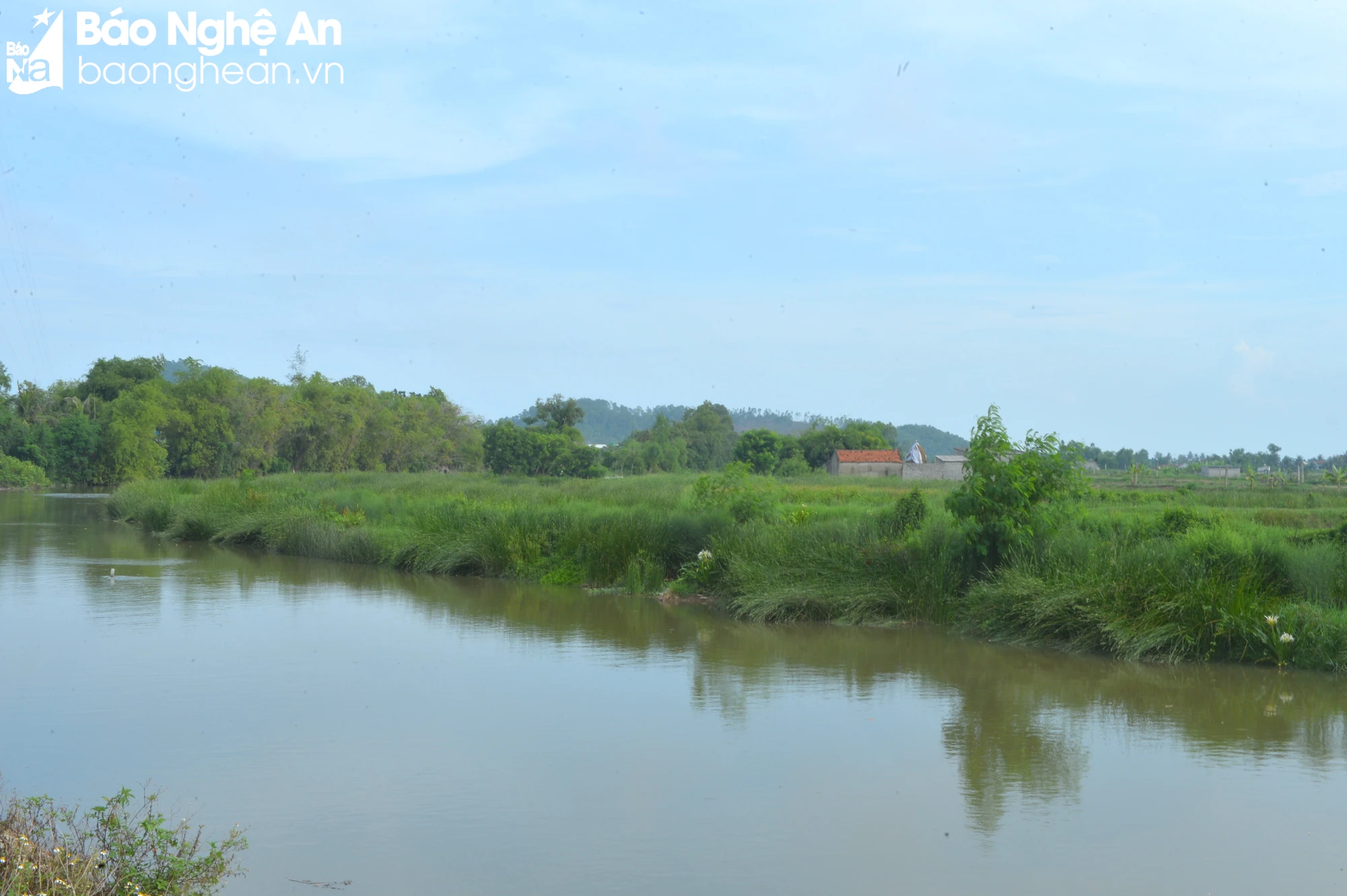
According to the report of the People's Committee of Quynh Luu district: The river dike system in the district is over 50 km long, including the Thai river dike system, Mo river dike, Ben Hai drainage canal dike, and Hau river dike. The current status of the above river dikes is mainly built with unreinforced soil, only able to withstand high tides and level 6, level 7 storms, with river water levels up to 2.5 m high.
In order to gradually solidify the dike, from 2020 to now, combining capital sources, Quynh Luu district has upgraded 5 km of Thai river dike in Quynh Hung and Quynh Hong communes. From 2021 to now, Quynh Luu district has upgraded 5 km of Mai Giang river dike passing through Quynh Luong and Quynh Bang communes. Accordingly, the dike is paved with stone, has retaining walls, and concrete roads on the dike body, currently reaching over 80%.
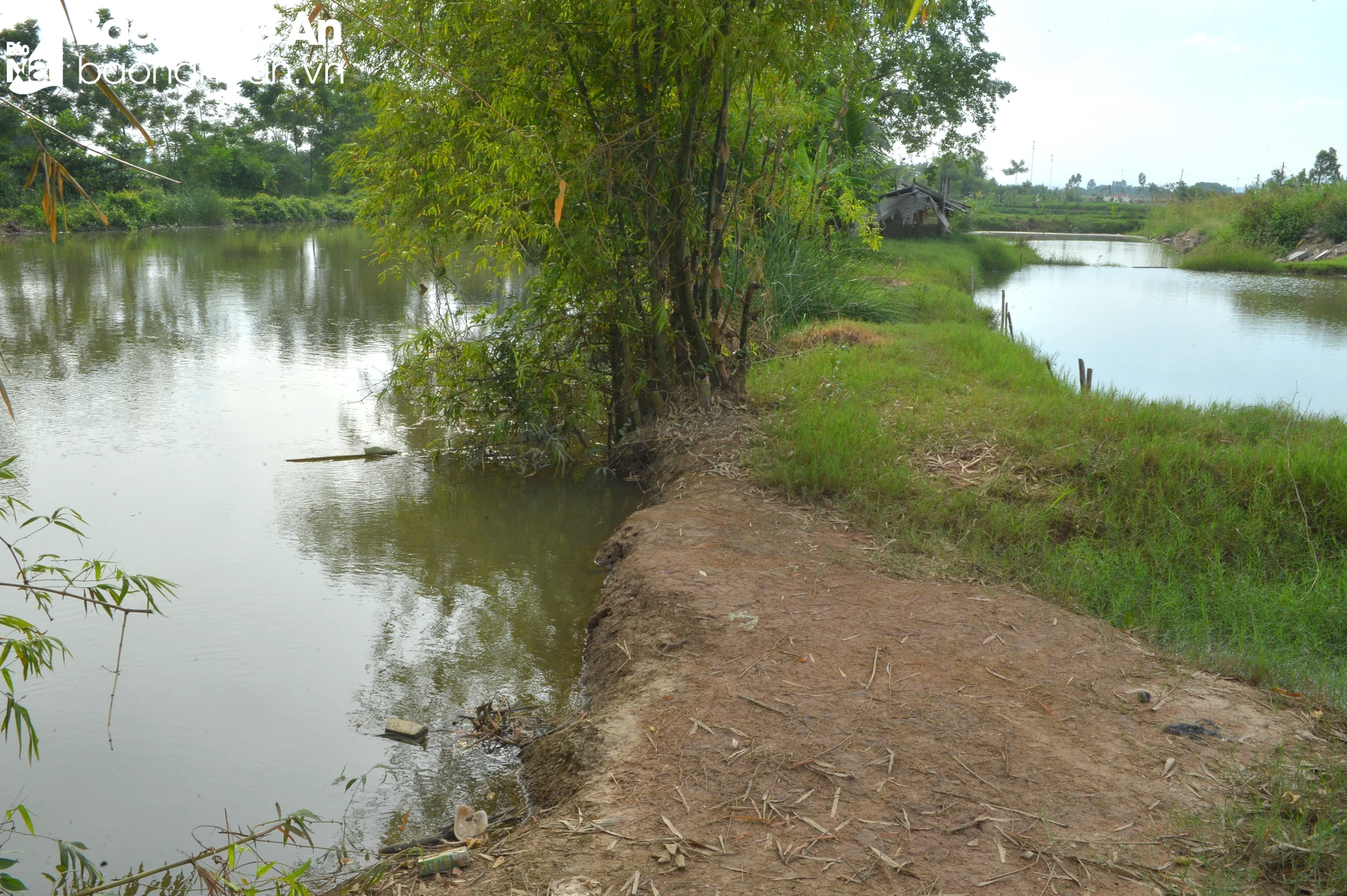
With the sea dike system, Quynh Luu district has over 20 km, of which more than 5 km have been upgraded, currently there are more than 15 km of degraded sea dikes that need to be repaired.
Also in the same situation, Dien Chau district currently has more than 45 km of river dykes, concentrated in Dien Hoa, Dien Quang, Dien Binh, Dien Thai communes, most of which have not been upgraded or repaired. In addition, the district also has more than 15 km of sea dykes, but only 7 km have been upgraded, the rest are damaged.
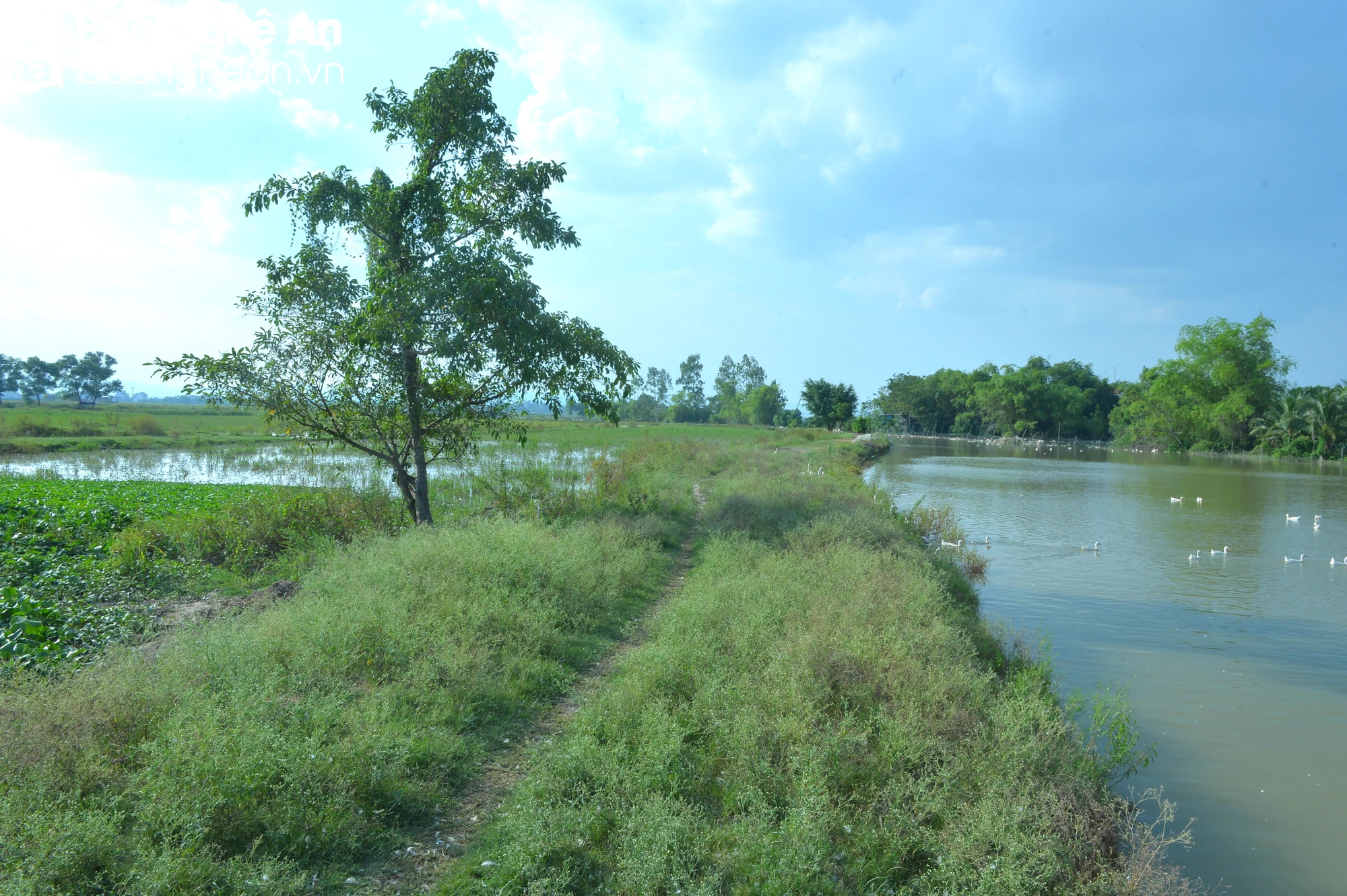
Coping in the flood season
According to the report of the Irrigation Department, Nghe An has a 129.19 km long estuary dike system, these dikes are responsible for flood prevention in the estuaries of Mai Giang, Hoang Mai, Thai and Bung rivers. In addition, Nghe An also has 41.783 km of sea dikes from Quynh Lap commune, Quynh Luu district to Cua Hoi (Nghi Hai ward, Cua Lo town).
In recent years, many key dikes in Nghe An province have been invested in and repaired, basically meeting the requirements for flood prevention and control. However, the investment has not been synchronized and closed, so there are still more than 100 km of river dikes and more than 10 km of sea dikes that have not ensured flood protection according to the design elevation; in which, many sections have weak dike foundations, causing landslides during heavy rains and floods, and the dike body contains many hidden dangers such as termite nests, rat holes, etc.
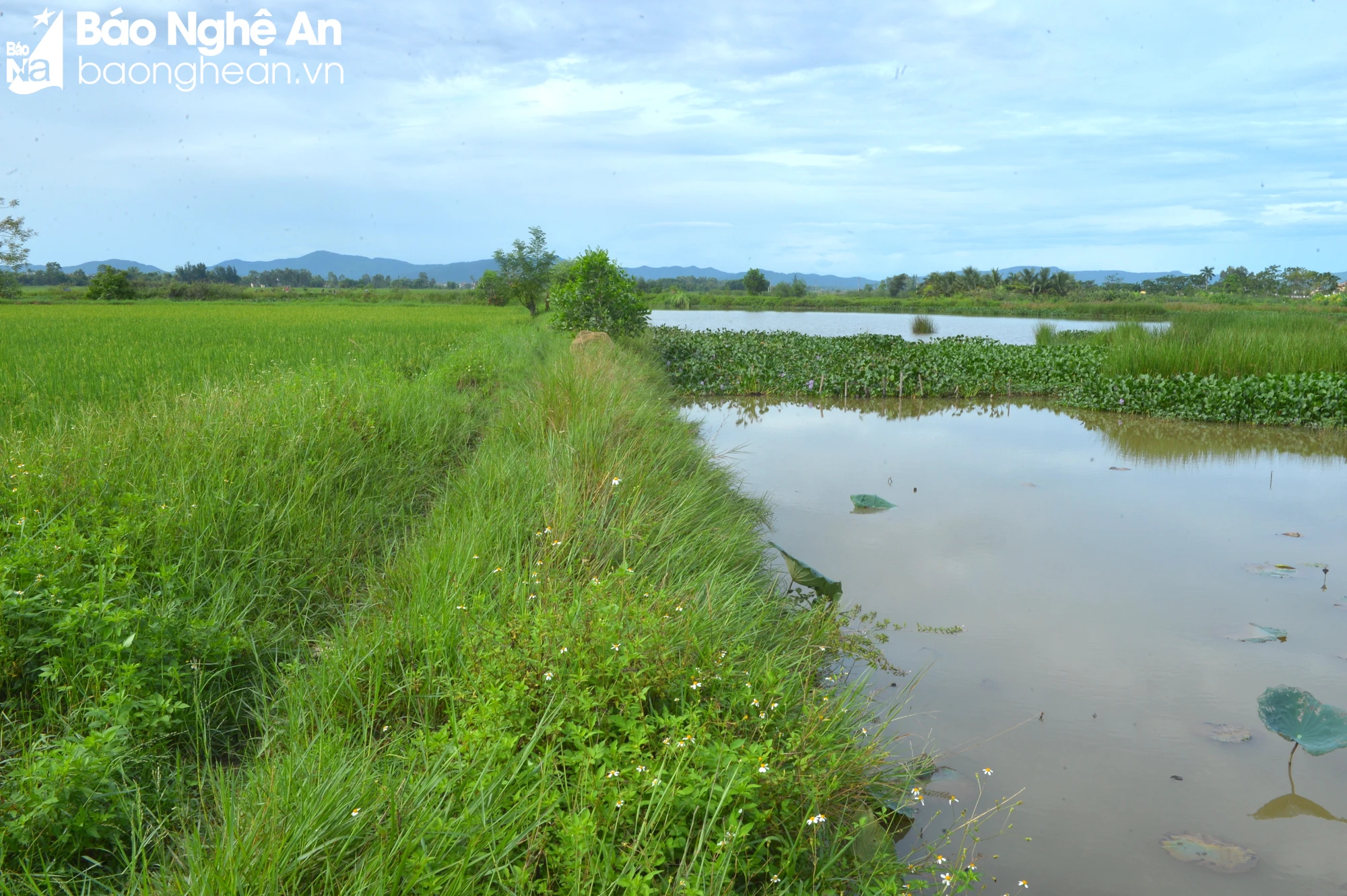
To ensure safety during the rainy season, the Irrigation Department recommends that localities review and determine the location of damage to have timely coordination plans during forecasts of heavy rain; have evacuation plans to ensure people's safety . Prepare a "4 on-site" plan of materials, human resources, and means to handle incidents when necessary. Specifically, prepare to gather rocks, bamboo stakes, and sandbags to be ready to respond when the dike body breaks.
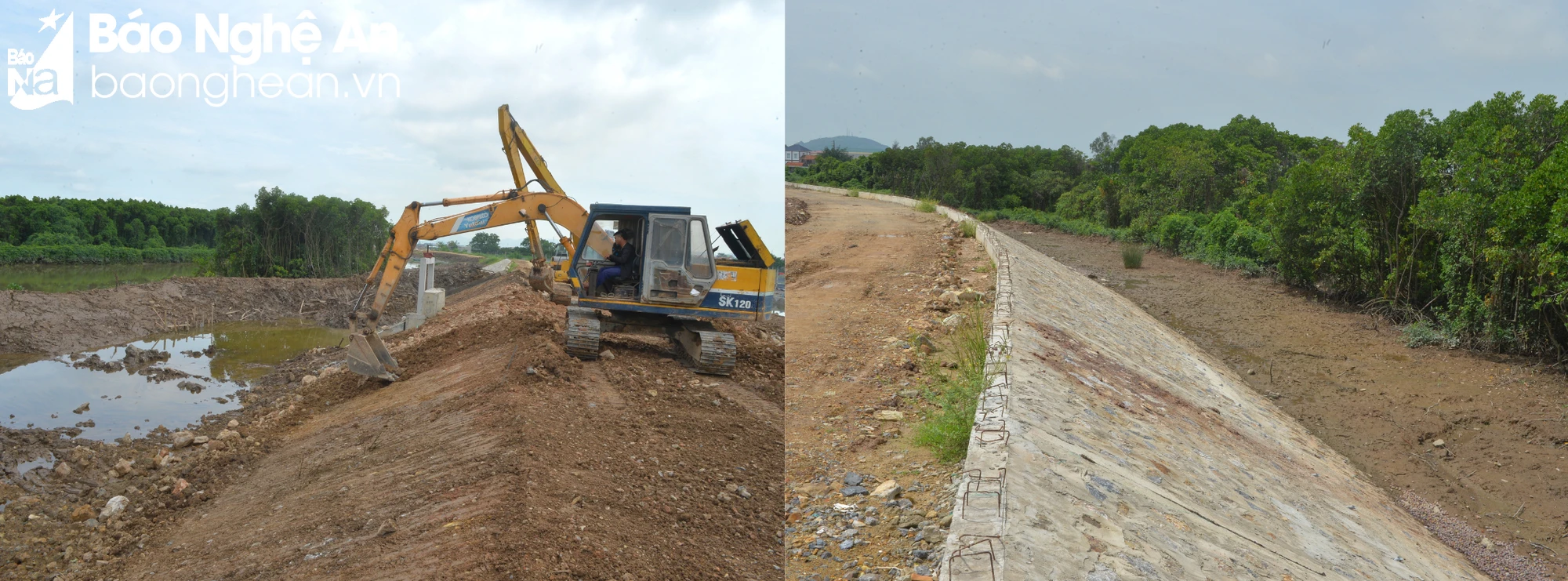
Localities should strengthen inspection and guard forces to detect dike incidents early for handling and rescue right from the first hour, especially at vulnerable dike locations. Develop scenarios and plans, organize and mobilize forces to promptly respond, quickly overcome consequences, and ensure early stabilization of production and reconstruction after natural disasters.
At the same time, localities focus on urging contractors to construct unfinished projects, speed up construction progress, especially flood prevention items, ensure quality, and comply with technical procedures to promptly put into service for flood and storm prevention in 2023.
Source



![[Photo] Looking back at the impressive moments of the Vietnamese rescue team in Myanmar](https://vstatic.vietnam.vn/vietnam/resource/IMAGE/2025/4/11/5623ca902a934e19b604c718265249d0)
![[Photo] Summary of parade practice in preparation for the April 30th celebration](https://vstatic.vietnam.vn/vietnam/resource/IMAGE/2025/4/11/78cfee0f2cc045b387ff1a4362b5950f)


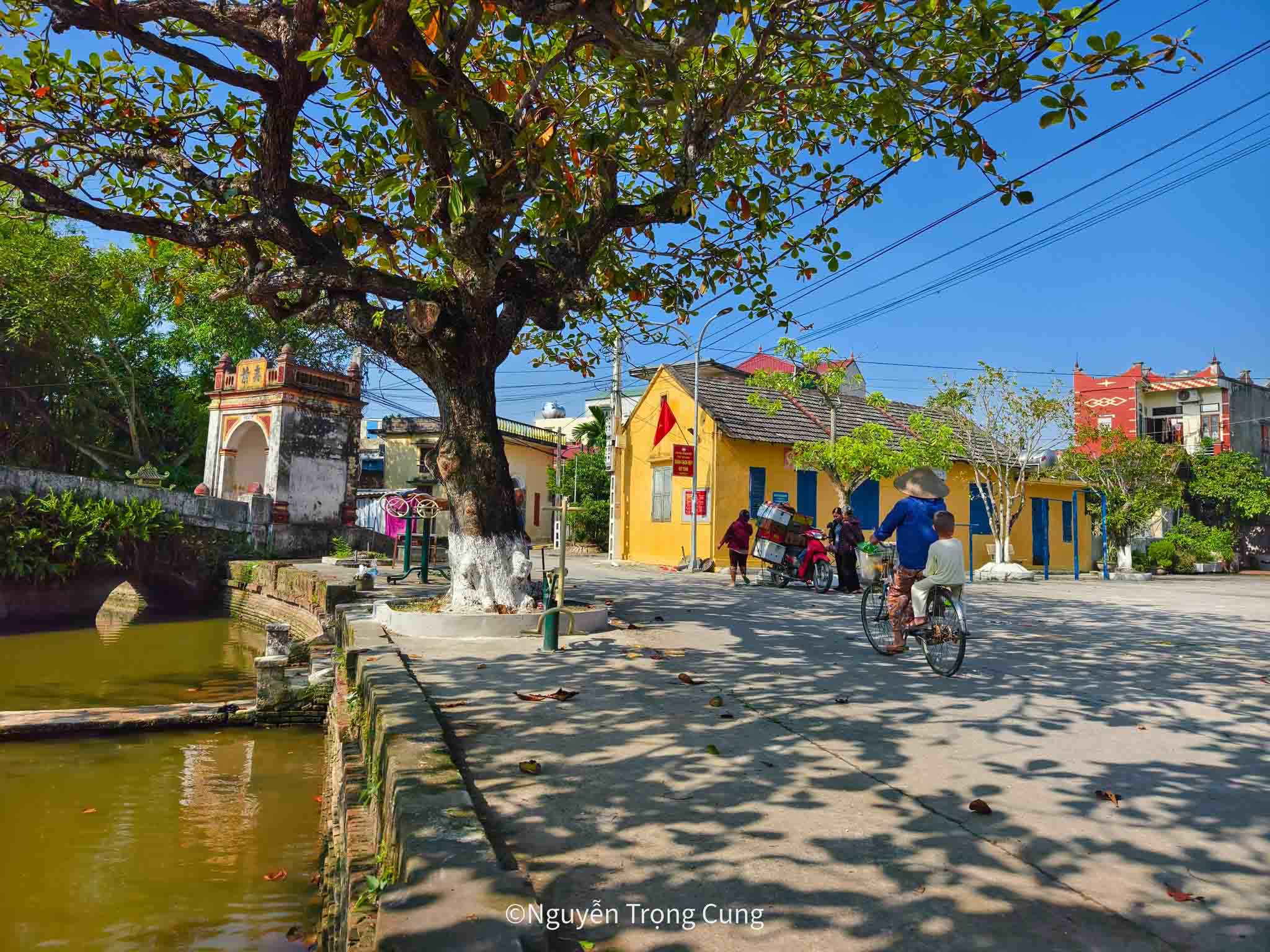
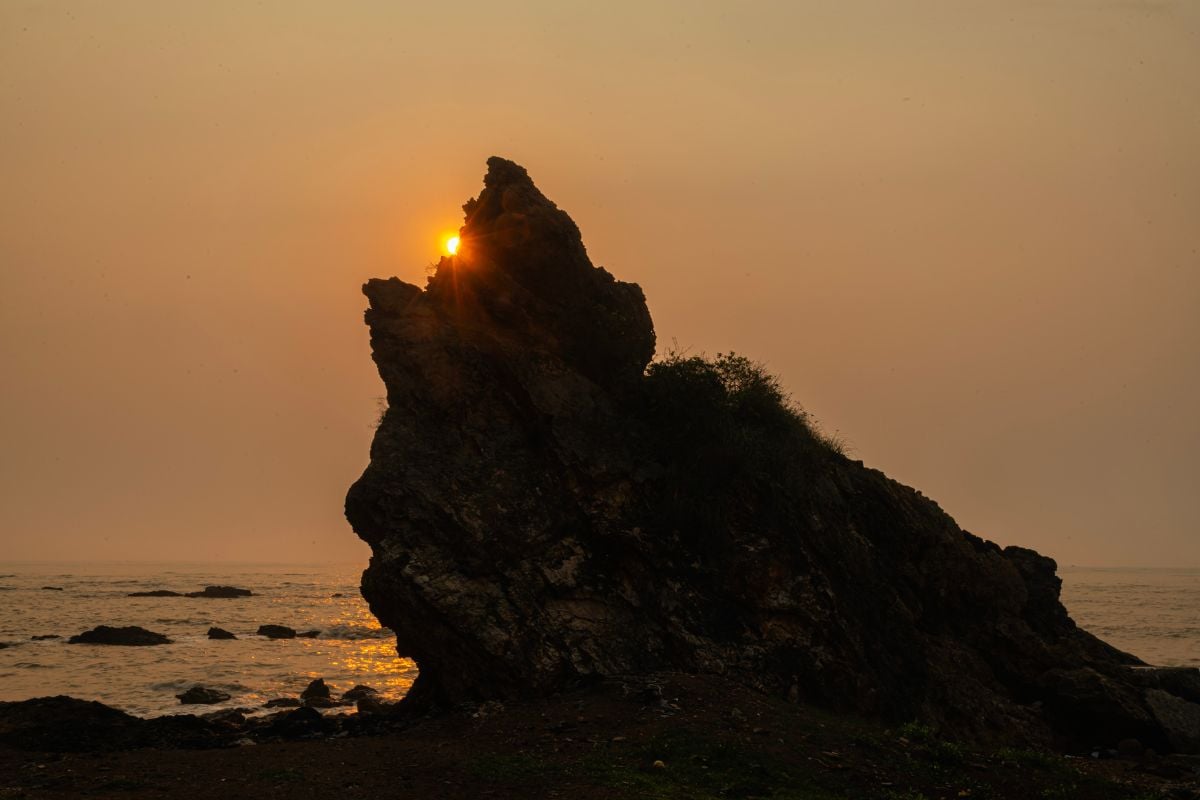


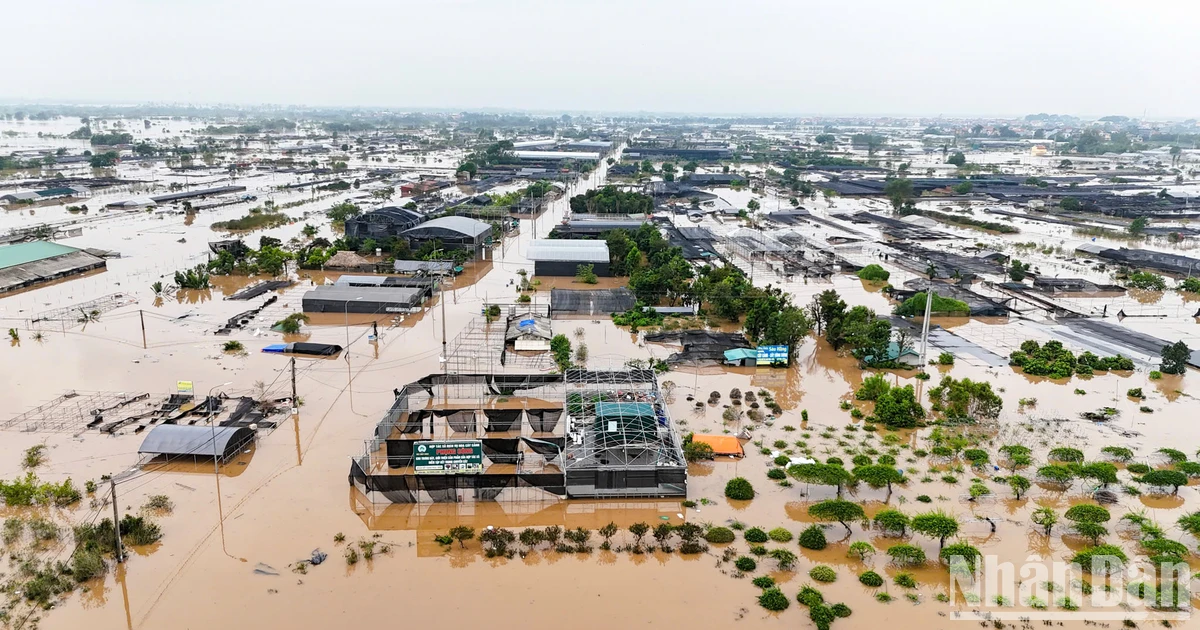


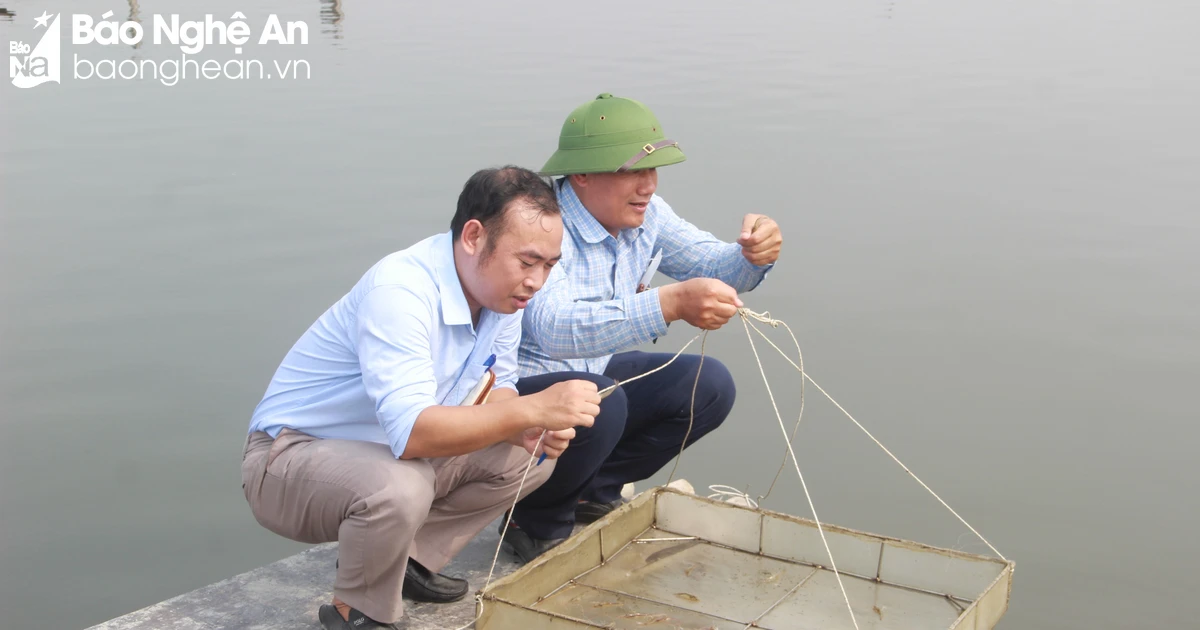
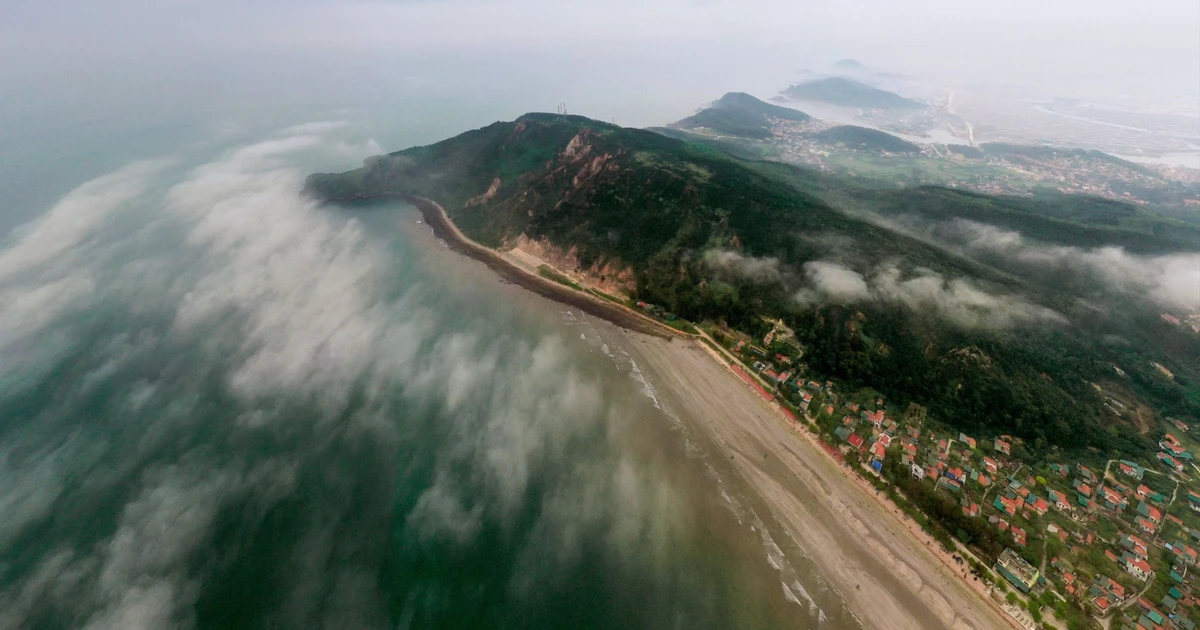

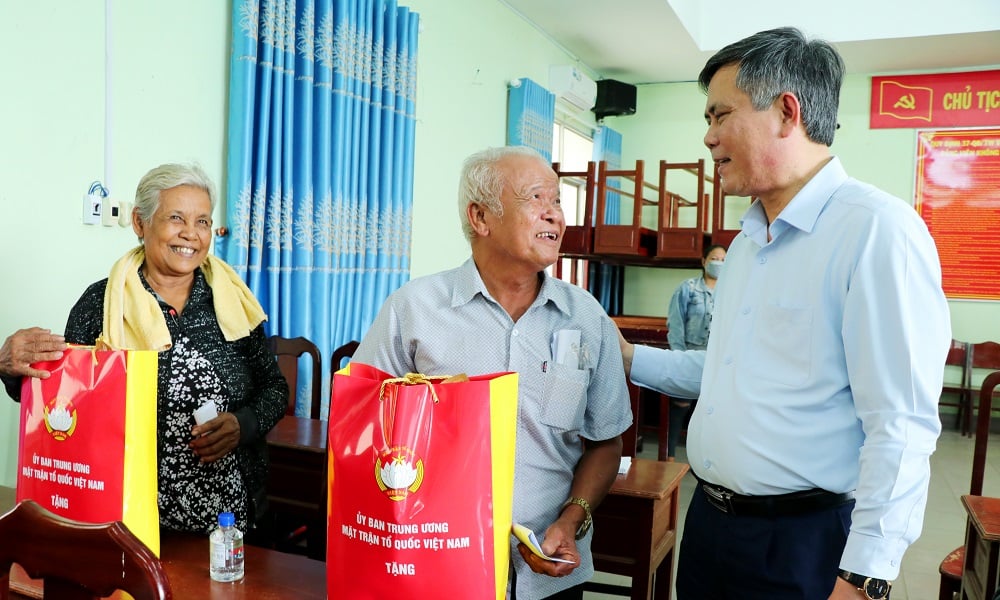

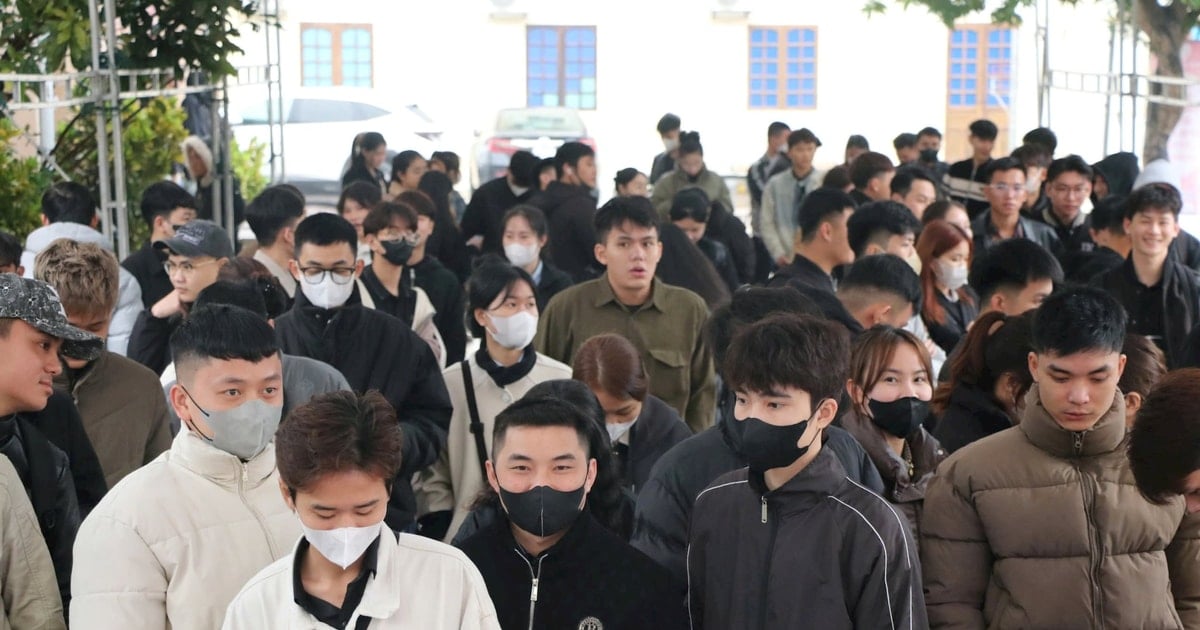







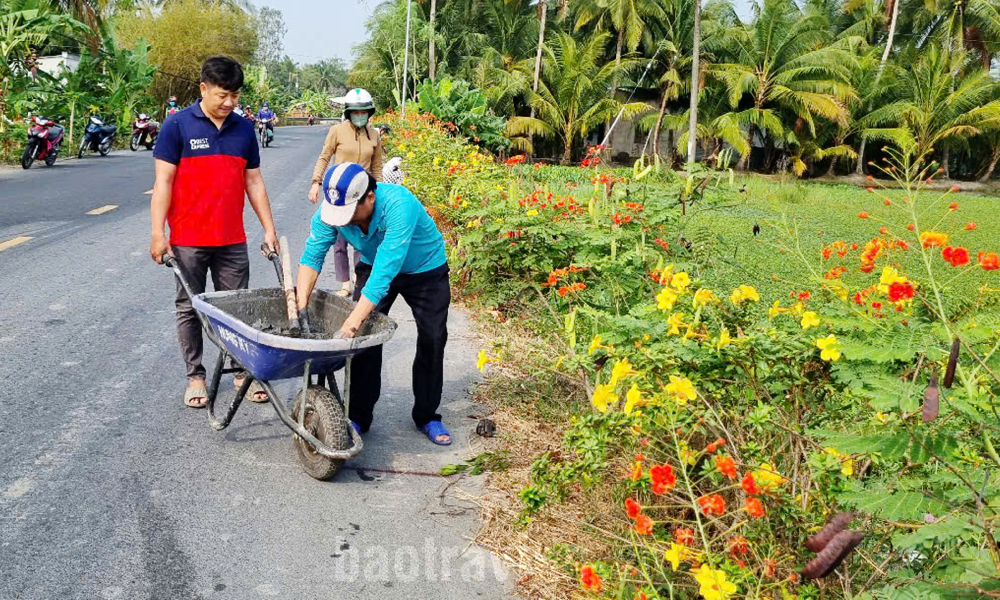
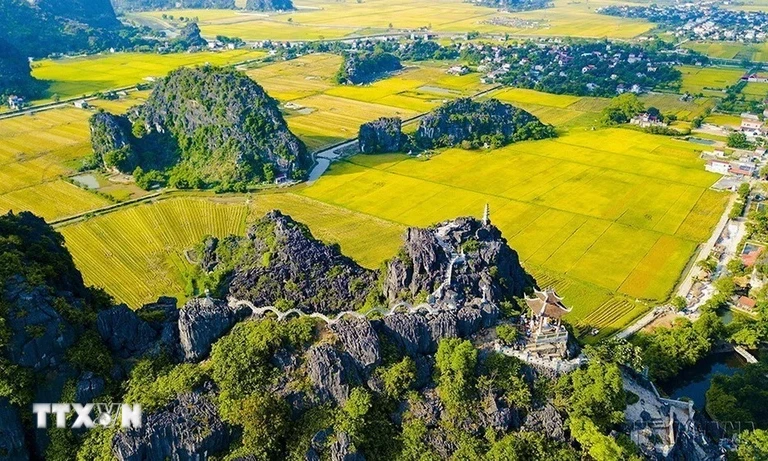



![[Photo] Phuc Tho mulberry season – Sweet fruit from green agriculture](https://vstatic.vietnam.vn/vietnam/resource/IMAGE/2025/4/10/1710a51d63c84a5a92de1b9b4caaf3e5)









































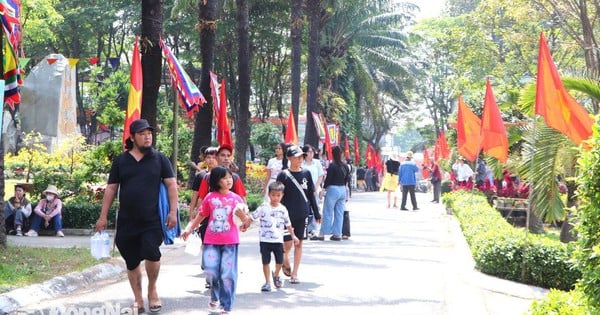


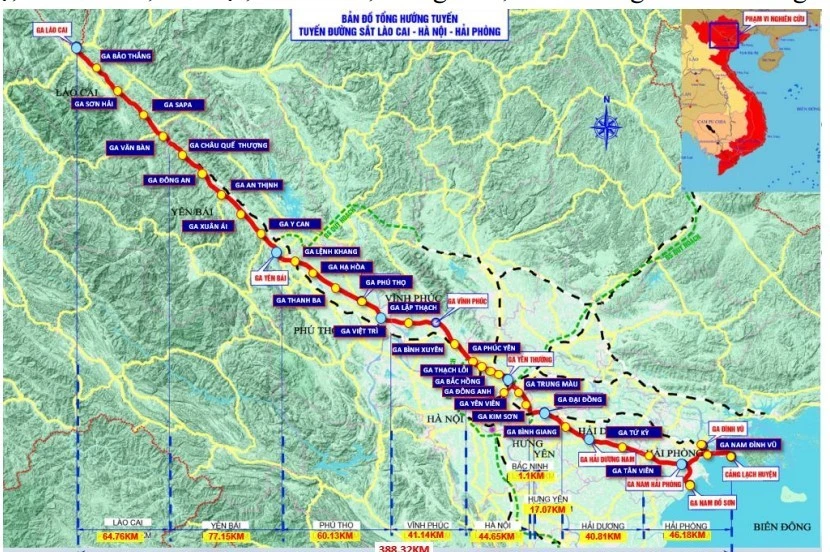

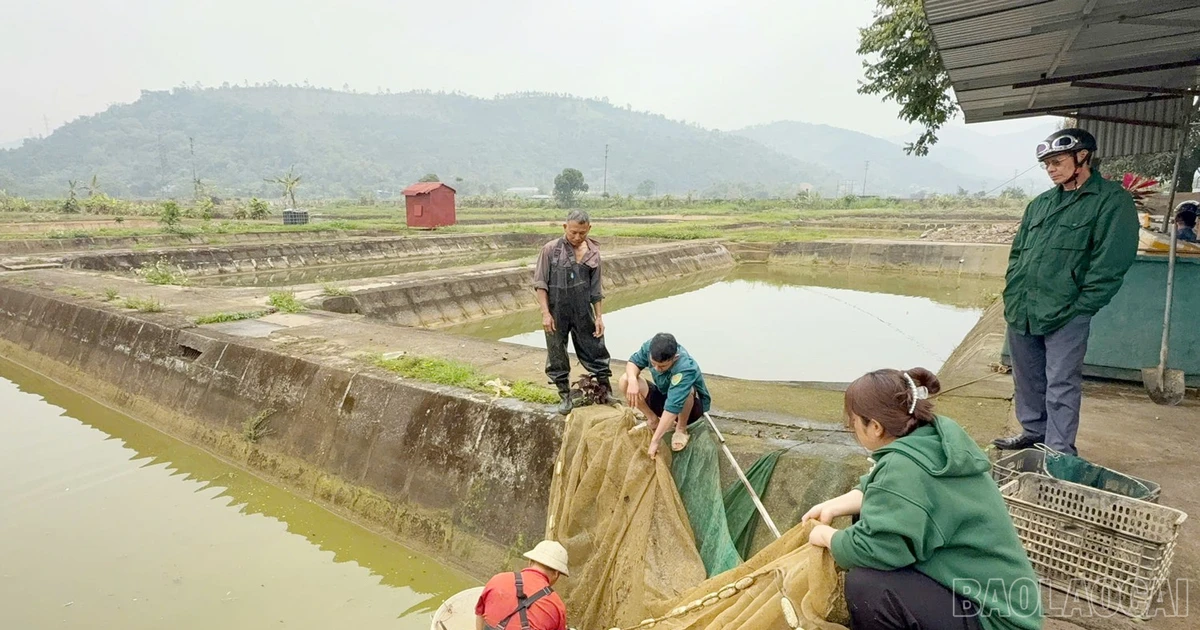













Comment (0)